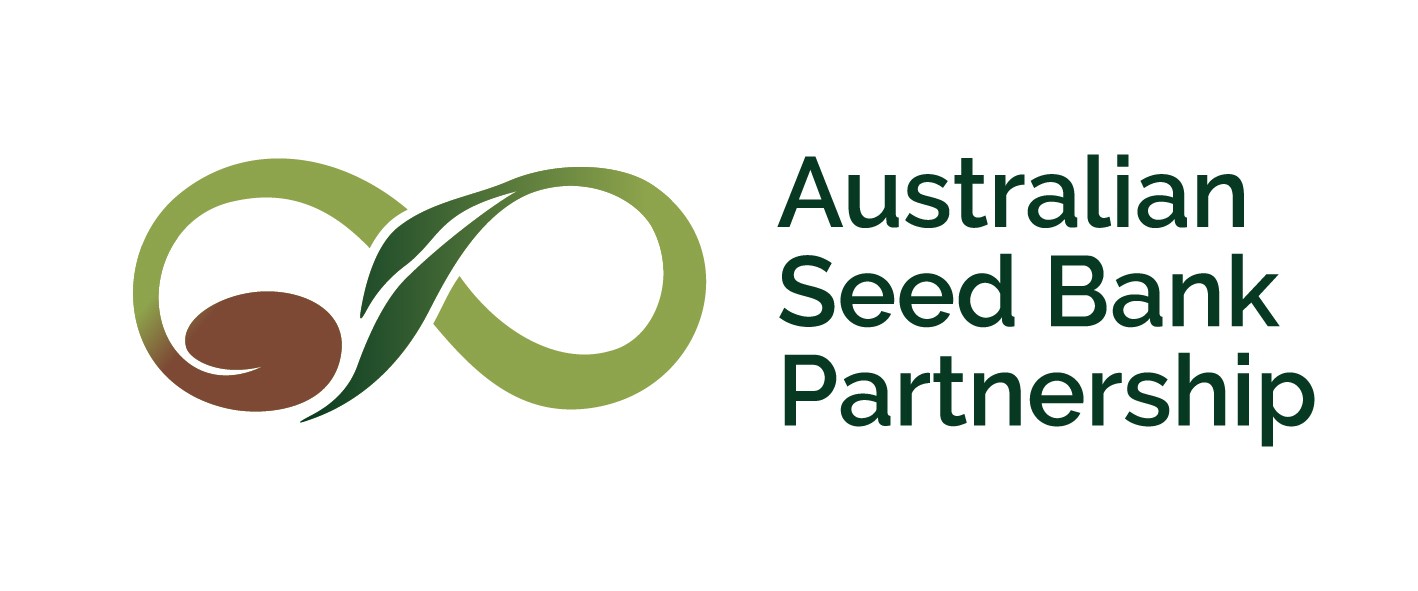What We Do
Collecting, research, supporting restoration and sharing knowledge.
Collecting
Across Australia, governments, non-government organisations and community groups are collecting and conserving native seeds in secure vaults. Conservation seed banks provide a future-proof insurance policy for Australia’s unique flora, which is especially important in times of environmental stress.
Many initiatives of the Australian Seed Bank Partnership involve the coordination of seasonal seed collecting field trips. Our expert seed collectors follow internationally recognised protocols for collecting, cleaning and storing seed. They also record such comprehensive data as the time of year, associated vegetation and soil type in the seed-collecting region. This information is crucial to our seed banks’ future role in conservation.
Collectors need on-going training, field experience and knowledge of our plant species. For example, they must collect from plant populations when seeds have matured, but before they are naturally dispersed. Collectors must also ensure that they preserve a high degree of each species’ diversity by sampling from as much of the population as possible.
Research
Establishing quality seed collections is a vital element of the Australian Seed Bank Partnership’s program. Seeds must be stored under controlled conditions to remain viable. They also require specific temperature, light and moisture cues to germinate. If a seed does not germinate under appropriate conditions, it is either dead or dormant.
Dormancy ensures that seeds germinate under favourable climatic conditions, such as sufficient rainfall, to keep small seedlings alive. In the wild, seed dormancy is usually broken by seasonal weather patterns, climatic extremes such as bushfires or floods, or scarification. One challenge for our Partnership is the unknown dormancy or complex dormancy cues of many plant species. Without an understanding of germination requirements, a seed collection is worthless.
Understanding what cues break seed dormancy in the wild will allow researchers to replicate the required conditions in the laboratory. Our seed collections can then be used as a long-term conservation tool.
As an additional challenge, some seeds cannot be stored under standard seed banking conditions, which involve drying (desiccating) the seed. Many tropical species, for example, cannot tolerate the desiccation required for long-term storage, and will not germinate after being banked. These species are described as recalcitrant, and include many of Australia’s vulnerable rainforest plants.
Further research is needed to aid in the conservation of these recalcitrant-seeded species. The research will include the use of cryopreservation, which involves snap-freezing seed and storing it at very low temperatures.
Supporting Restoration
The Australian Seed Bank Partnership is actively involved in building our knowledge of Australian plants to help practitioners restore plant communities and landscapes. We have already established new populations, discovered new species, and rediscovered species thought to be extinct in the wild.
Through applying science knowledge in the field and sharing this knowledge with the restoration community, the Partnership is working to understand the broader processes at work within our native ecosystems. For example, understorey species are key components of plant communities, and build resilience – the ability to recover after disturbance – into our ecosystems. However, our lack of knowledge of many understorey species means they are often excluded from restoration projects.
Our collaborations also focus on ecology at a wider scale, supporting the restoration and connectivity of broad-scale landscapes such as from the Alps to Atherton. This vital research can buy time for populations of plants that may otherwise die out in the face of changing climates.
Sharing Knowledge
The Australian Seed Bank Partnership will share its knowledge and skills among the network of existing Australian conservation seed banks, restoration practitioners and community groups. This will help us:
- make the most effective use of our resources
- manage the risk of loss by keeping seeds in different locations
- develop and use regional expertise for Australia’s varying conditions.
The Partnership will link the extensive databases of existing conservation seed banks into one easily accessible resource. This will help us know which of Australia’s species have been secured, and also guide our future collecting priorities. Within the next few years, we plan to encourage community involvement in citizen science projects that link with our conservation and restoration work.
By sharing knowledge among our partner organisations and the wider community, we hope to build a greater understanding of seed science in Australia. We must all recognise that seeds are future plants, and have an essential role in every ecosystem.

